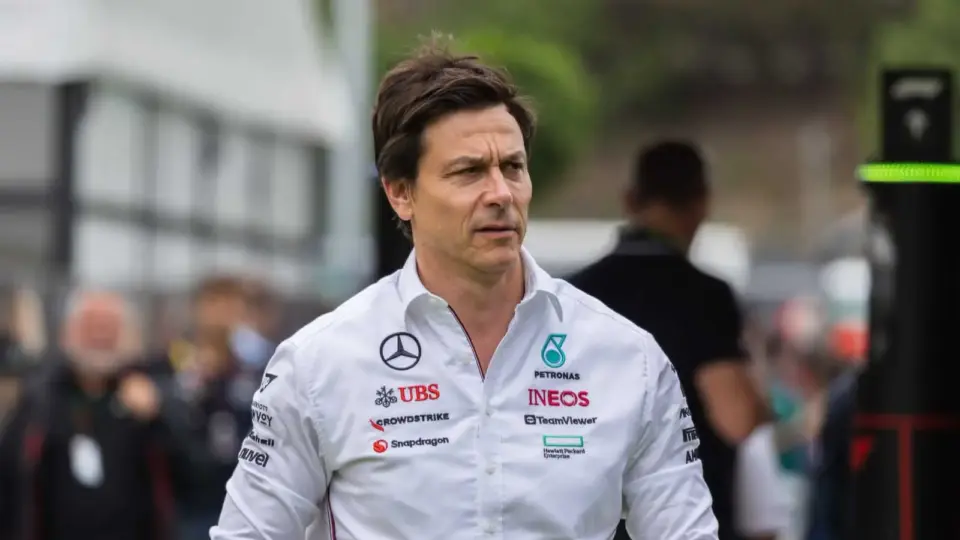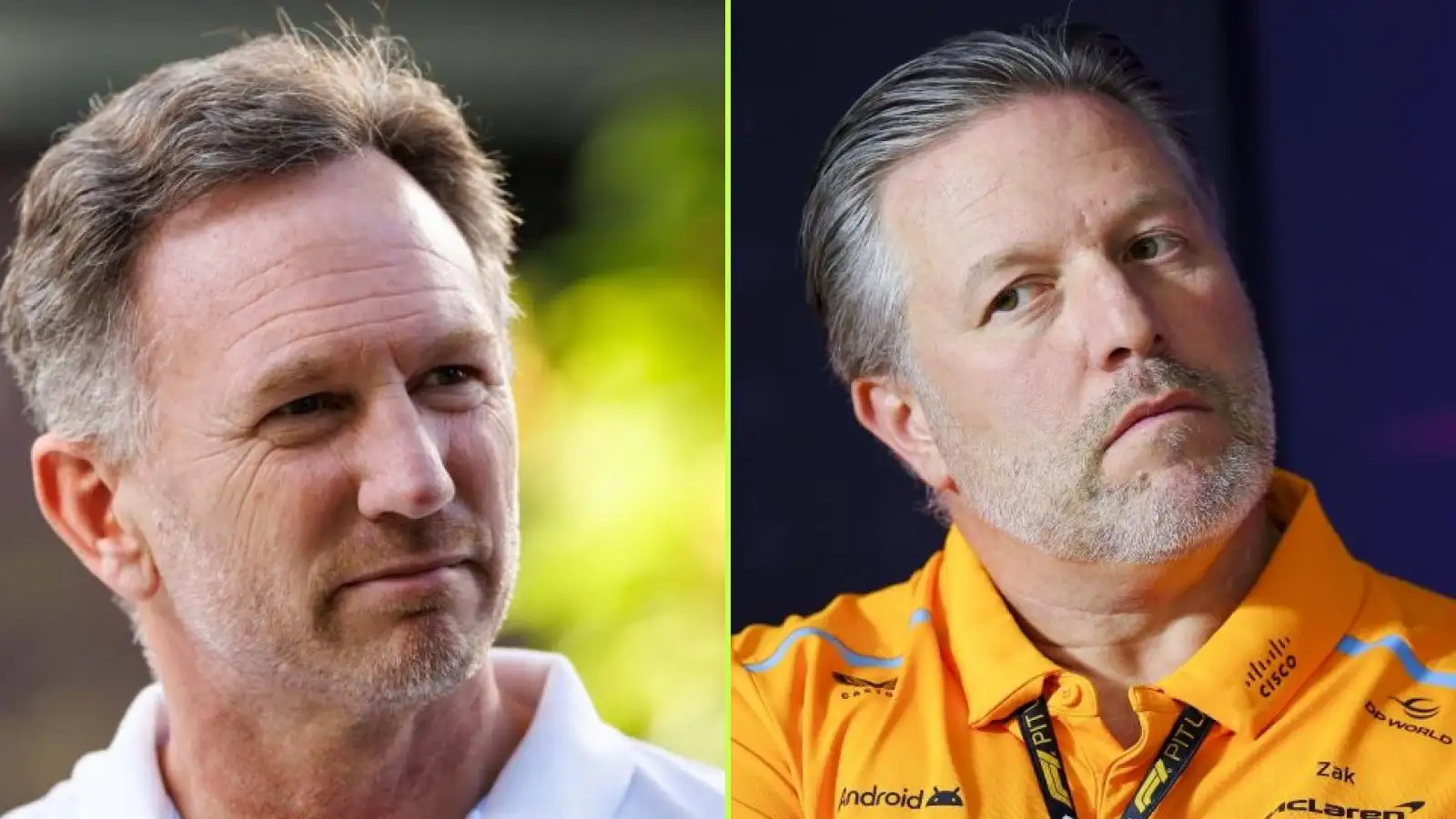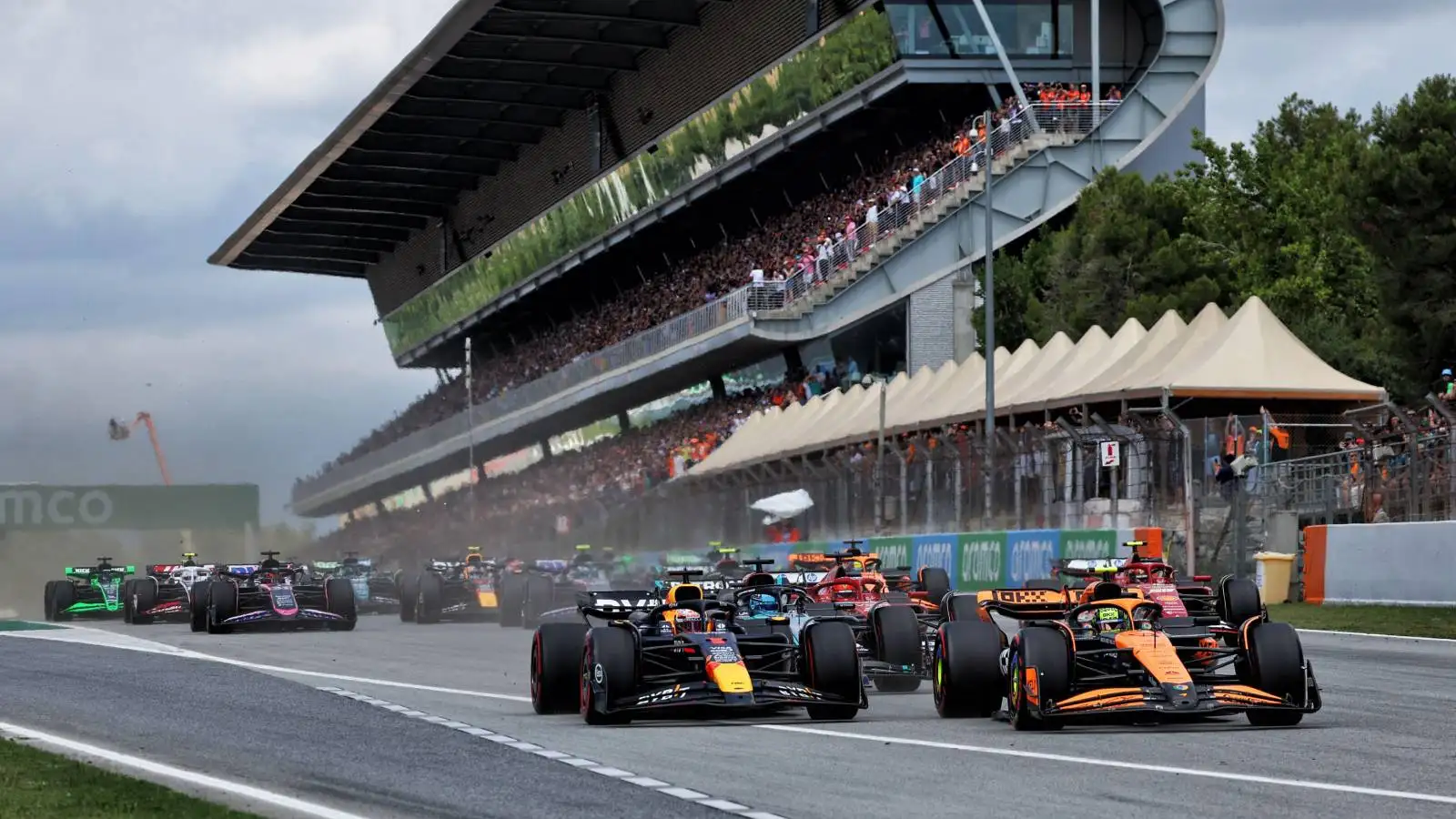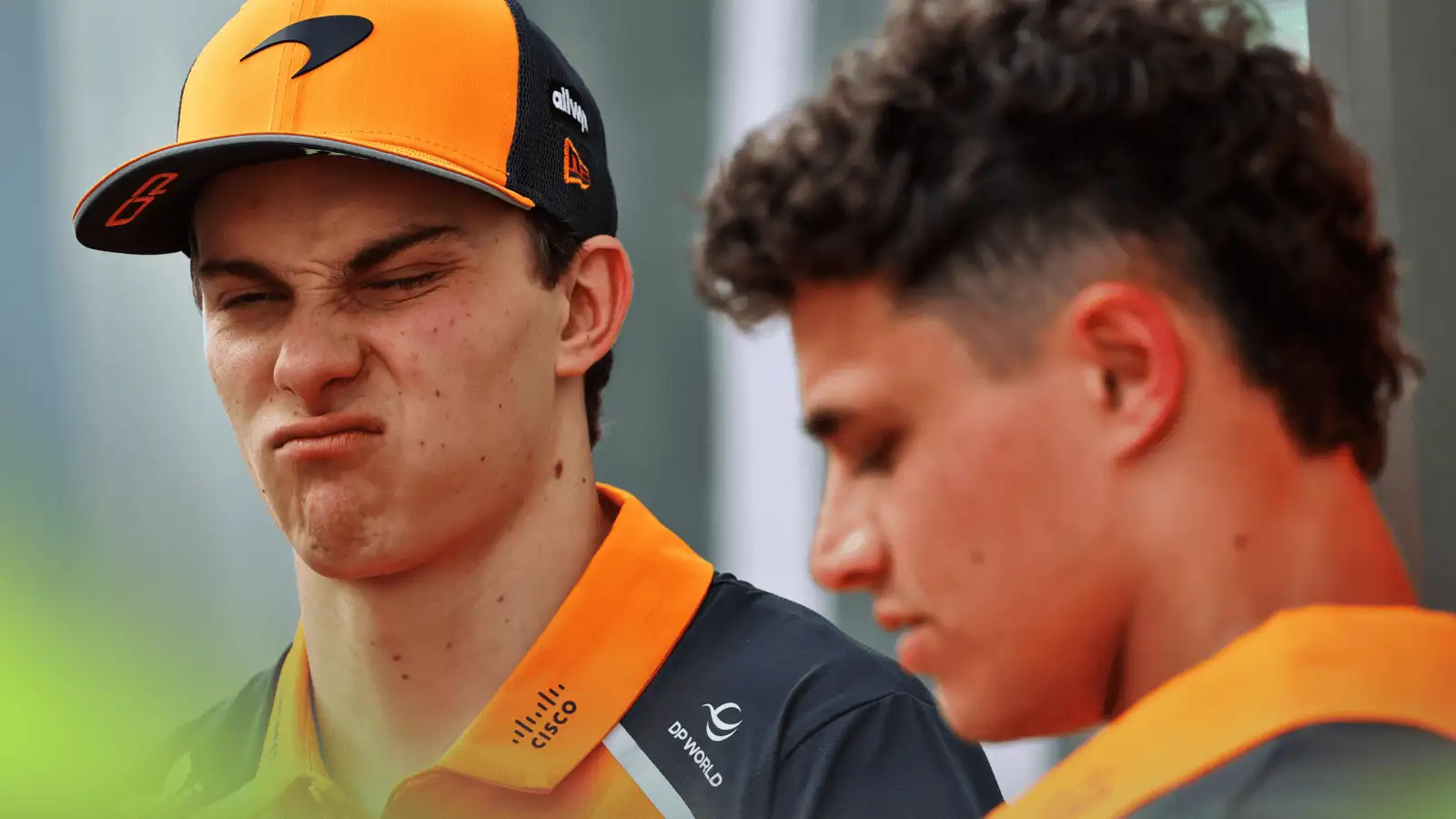In the adrenaline-fueled world of Formula 1, where races often mirror high-stakes chess matches, a conversation as intricate as any strategy emerged recently, capturing the attention of racing enthusiasts and the casual onlookers alike. This isn’t about the races themselves, but rather, the politics behind the teams that power the sport, making headlines as Liberty Media, the group behind F1, finds itself under the scrutiny of the Department of Justice. This probe, rooted in potential antitrust violations, has sparked debates about how the American public might be missing out on a richer grid experience.
The break in the F1 season offered a brief respite, a chance for those involved in the sport to take a breather. Among the chatter during this downtime was a significant development: Liberty Media’s investigation by the Department of Justice for alleged antitrust violations. The core of this issue lies in the assertion that the current structure limits the inclusion of new teams, like the American Andrettis, thereby maintaining a ‘monopoly’ that potentially deprives the audience of diverse competition.
Critics argue that such a monopoly could stifle innovation, akin to how a lack of competition in tech or grocery sectors leads to higher prices and lesser quality. Yet, some enthusiasts, while acknowledging the potential for more teams, question whether the absence of an additional team like Andrettis really impacts their viewing pleasure. The exclusivity of F1, after all, is part of its allure. It’s a club where entry is as coveted as it is challenging, a notion that resonates with viewers who appreciate the sport’s elite status.
Within this monopolistic landscape, major players like Red Bull have faced their own controversies. A recent technical directive change has sparked speculation that it might have clipped their wings, metaphorically speaking. Critics suggest this amendment, which targets braking systems, might be behind Red Bull’s recent woes, contributing to a noticeable dip in Max Verstappen’s seemingly unstoppable momentum.
Outside the races, personal insights and light-hearted banter continue to emerge from the personalities involved in the sport. Podcast discussions and social media updates provide a window into the world off the track, where predictions and past performances are as much a topic of interest as the races themselves. This interplay of professional insights, casual speculation, and fan engagement underscores the multifaceted nature of Formula 1, a sport as much about its personalities as its cars.
Meanwhile, the summer break hasn’t just been about resting and relaxation. Discussions have also turned to the drivers’ personal lives, with social media posts serving as glimpses into their summer pastime. From Charles Leclerc’s serene boat rides with a dog to Alex Albon’s Swiss getaway with a quirky pigeon-shaped bag, these snapshots offer fans a different view of their racing heroes, adding a personal dimension to the high-speed competition.
The talk of potential changes in team lineups and the perennial debate about whether an 11th team should join the grid continues to fuel discussions among fans and analysts alike. Yet, the argument remains nuanced. While an expanded grid might offer more storylines and rivalries, the unique nature of F1, its exclusivity, and the challenge of entering and staying competitive are integral to its identity.
As the season resumes, the world of Formula 1 stands at an intriguing crossroads. The combination of technical directives, regulatory scrutiny, and dynamic personal stories ensures that the sport remains as fascinating off the track as on. Whatever unfolds next, the debate about F1’s structure and its impact on fans worldwide will undoubtedly stay in focus, reflecting the sport’s complex, ever-evolving landscape.










